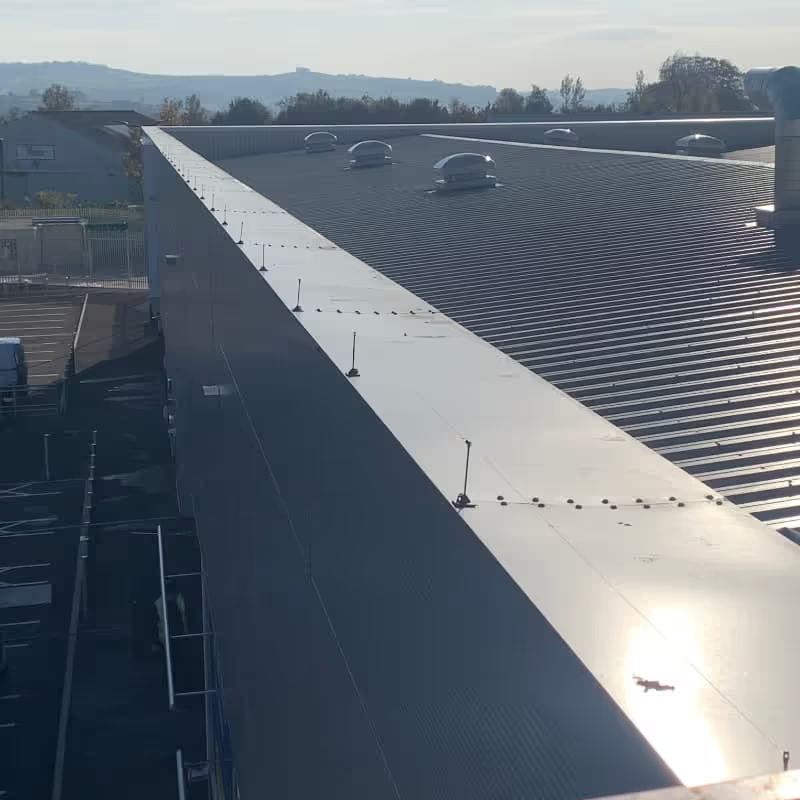about post & wires
Similar in function to bird spikes, a post and wire system can be used to prevent birds from landing on ledges, parapets, and gutters. They are also commonly used to proof roof ridges against either pigeons or gulls.
A post and wire system is generally not suitable for use in areas that are in frequent use by birds (i.e., roosting or nesting sites). However, they are suitable for low pressure areas that are only infrequently visited by birds.
This fact, coupled with the generally more aesthetically pleasing appearance of posts and wires versus spikes, means that they are a preferred form of proofing amongst architects on new builds.


uses
Post and wires are a very versatile system with a number of variations available to enable installation onto a variety of surfaces and structures.
They are often used on high profile buildings or ornate structures where the aesthetic appearance is of utmost importance. As it is not suitable for high pressure areas (roosting or nesting sites), this makes it ideal for use on new buildings. It is also far more cost effective than the other low profile options, such as Avishock and Optical Gel.
The system is available in either pigeon or gull variants, but as the components used differ for each variant, they are only effective against the species they are designed for.

installation
Stainless steel posts are installed into the surface being protected at approximately 1.5 metre intervals. The posts are usually hammered into Nylon rivets, though they can be glued onto surfaces such as lead. A Nylon coated stainless steel wire is then attached to the first post using a Nickel plated copper crimp.
A stainless steel spring is then attached to the second post, and the wire is then crimped to the spring. The spring gives the wire tension but also ensures that the wire ‘bounces’ when birds try to land on it. This bouncing action is what deters the birds, as they are unable to get a steady footing on the wires.
When installing a post and wire system on roof ridges, special brackets are used to give multiple rows of wire.

